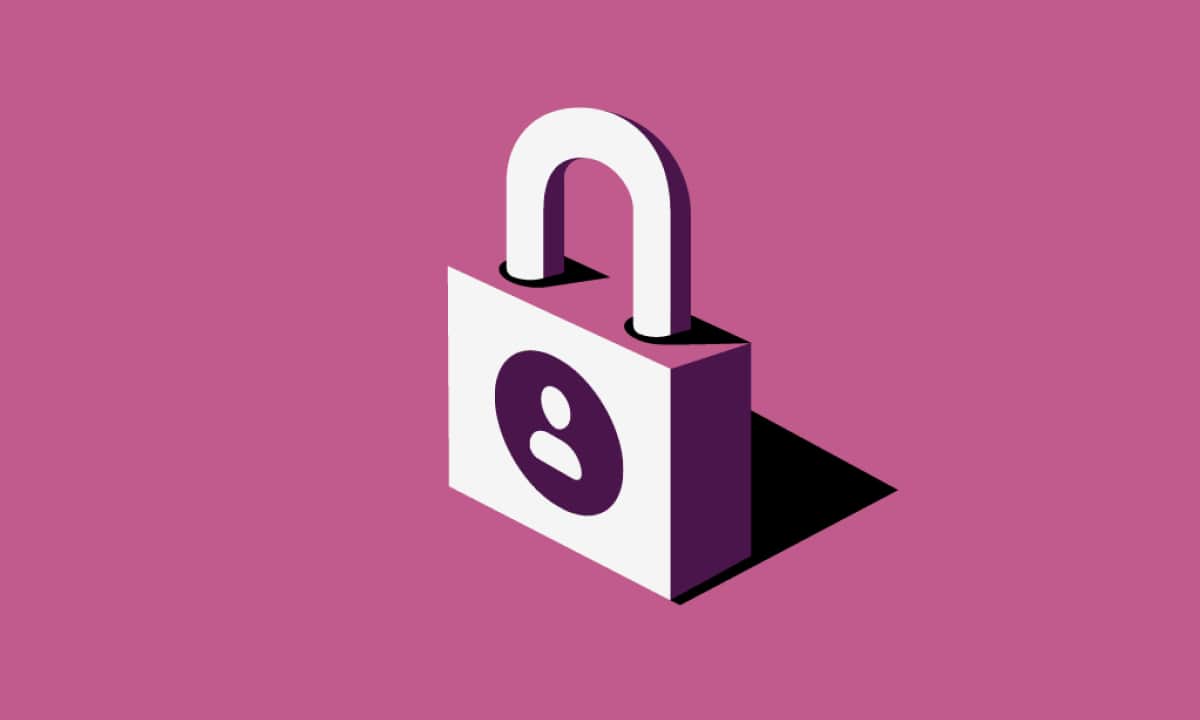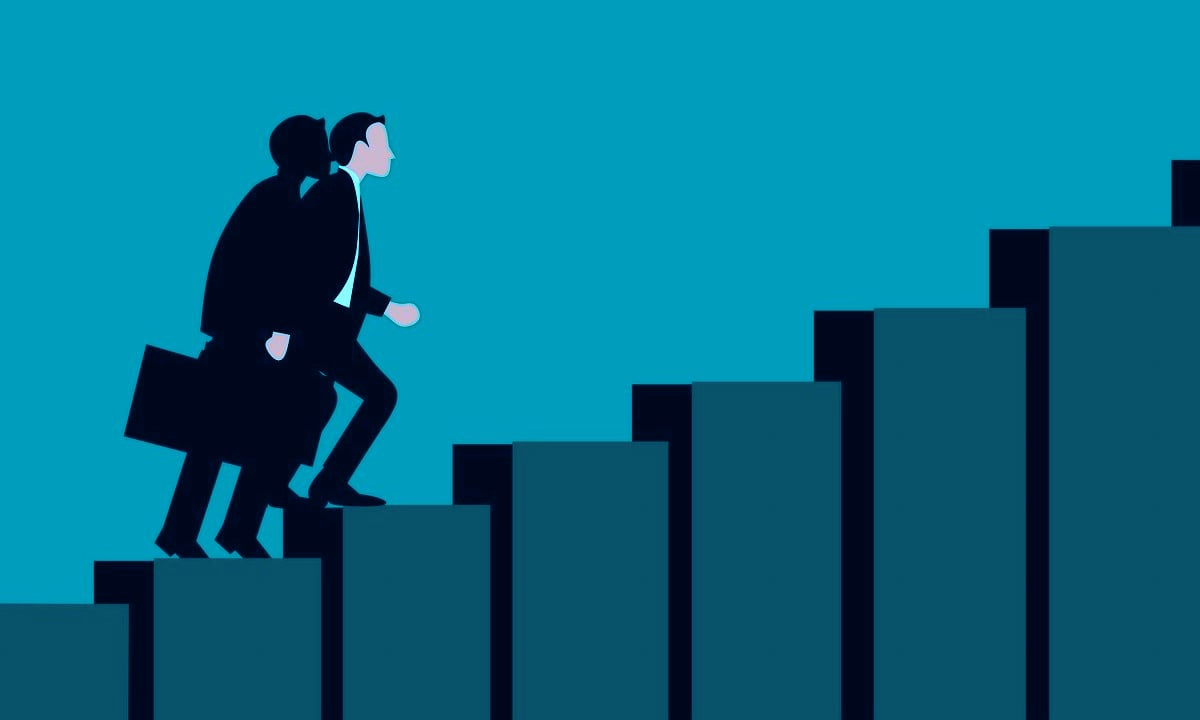The world has been witnessing a substantial shift in the way people work, largely due to technological advancements and the impact of the COVID-19 pandemic. Remote work has become a hot topic, and many businesses are reconsidering their traditional office setups. As remote work becomes more prevalent, it’s essential to evaluate its pros and cons for both employers and employees. In this article, we’ll explore the various aspects of remote work and traditional office settings to help you make an informed decision about the best work environment for your organization and workforce.
Flexibility and Autonomy
Remote Work:
Pros:
- Employees have more control over their work schedules, which can improve work-life balance and overall job satisfaction.
- Employers can access a broader talent pool and hire from different regions and time zones, allowing for greater diversity in the workforce.
- Flexibility in work hours can lead to increased productivity, as employees are able to work during their peak performance times.
Cons:
- Remote workers may struggle to establish boundaries between work and personal life, leading to overwork and burnout.
- Time zone differences can make collaboration and communication more challenging.
- Employers may face difficulties in monitoring employee productivity and engagement, potentially leading to reduced accountability.
Traditional Office:
Pros:
- Clearly defined work hours help to establish boundaries between work and personal life.
- Employees working in the same location and time zone can foster easier collaboration and communication.
- Employers can more easily monitor employee productivity and engagement, leading to increased accountability.
Cons:
- Reduced flexibility in work schedules can negatively affect work-life balance and job satisfaction.
- Employers are limited to hiring talent within commuting distance, which may result in a less diverse workforce.
- Employees may not be as productive during fixed work hours, especially if they don’t align with their peak performance times.
Collaboration and Communication
Remote Work:
Pros:
- Virtual communication tools (e.g., video conferencing, instant messaging) enable effective collaboration among remote team members.
- Remote work can foster increased focus and concentration, as employees can create their ideal work environments with fewer distractions.
- Remote teams can work around the clock, as members from different time zones can contribute during their respective peak performance times.
Cons:
- Remote communication can be less effective than in-person interactions, potentially leading to misunderstandings or misinterpretations.
- Building relationships and team cohesion can be more challenging in a remote setting.
- Remote workers may feel isolated and disconnected from their colleagues, which can negatively impact morale and engagement.
Traditional Office:
Pros:
- In-person interactions facilitate effective communication, as nuances like body language and tone of voice can be easily interpreted.
- Physical proximity encourages team building and the development of strong working relationships.
- Employees can benefit from impromptu conversations and brainstorming sessions, which can lead to innovation and problem-solving.
Cons:
- Office environments can be noisy and distracting, which can negatively impact concentration and productivity.
- Physical proximity may encourage micromanagement and unnecessary interruptions, leading to decreased autonomy for employees.
- Employees working in different locations or time zones may face communication challenges and difficulties collaborating with their colleagues.

Infrastructure and Overhead Costs
Remote Work:
Pros:
- Employers can save on overhead costs like office space, utilities, and office supplies.
- Employees can save on commuting costs, work attire, and meals.
- Remote work can be more environmentally friendly due to reduced energy consumption and transportation-related emissions.
Cons:
- Employers may need to invest in technology and cybersecurity measures to support remote work.
- Remote workers may incur additional costs, such as setting up a home office and purchasing necessary equipment.
- Employees working from home may experience increased utility costs.
Traditional Office:
Pros:
- Office infrastructure is already in place, requiring minimal additional investment for employers.
- Employers can provide employees with necessary equipment and resources, ensuring a consistent and functional work environment.
- A dedicated office space can create a sense of professionalism and credibility for clients and partners.
Cons:
- Office rent, utilities, and maintenance costs can be significant for employers, especially in prime locations.
- Commuting costs, work attire, and meals can be expensive for employees.
- Traditional office settings can have a larger environmental footprint due to higher energy consumption and transportation-related emissions.
Employee Health and Well-being
Remote Work:
Pros:
- Remote work can reduce stress related to commuting, leading to improved mental health and well-being.
- Employees can create personalized work environments that cater to their needs, such as ergonomic workstations and suitable ambient noise levels.
- Remote work can lead to a healthier work-life balance, as employees can more easily attend to personal and family matters.
Cons:
- Remote workers may experience feelings of isolation and loneliness, which can negatively impact mental health.
- A lack of separation between work and personal life can lead to overworking and burnout.
- Remote employees may experience difficulties in staying physically active, as they may have fewer opportunities to move around during the workday.
Traditional Office:
Pros:
- In-person interactions and team-building activities can foster positive relationships and contribute to employee mental health.
- Offices may provide opportunities for physical activity, such as walking to meetings or taking the stairs.
- A clear separation between work and personal life can help employees manage stress and prevent burnout.
Cons:
- Commuting can be a significant source of stress for employees, affecting their mental health and well-being.
- Office environments may not cater to individual needs, potentially leading to discomfort and decreased productivity.
- Work-life balance can be more challenging to maintain when employees are expected to be physically present at the office during fixed hours.
Conclusion
Remote work and traditional office settings both have their pros and cons for employers and employees. The best work environment for your organization and workforce largely depends on your specific needs, values, and goals. Employers must carefully consider factors such as productivity, collaboration, communication, overhead costs, and employee health and well-being when deciding on the most suitable work arrangement.
Ultimately, a hybrid approach that combines elements of remote work and traditional office settings may be the most effective solution for many organizations. This approach allows for greater flexibility, improved work-life balance, and access to a diverse talent pool while still providing opportunities for in-person collaboration and team building. As the world of work continues to evolve, organizations must remain adaptable and open to new ways of working in order to thrive in the changing landscape.









